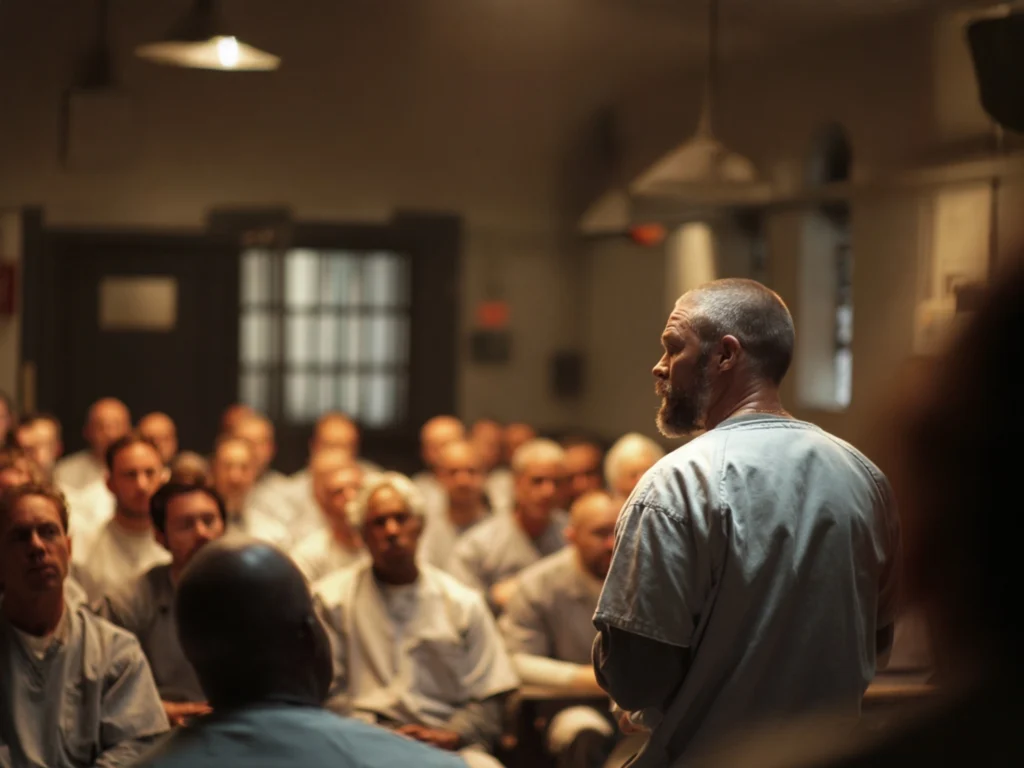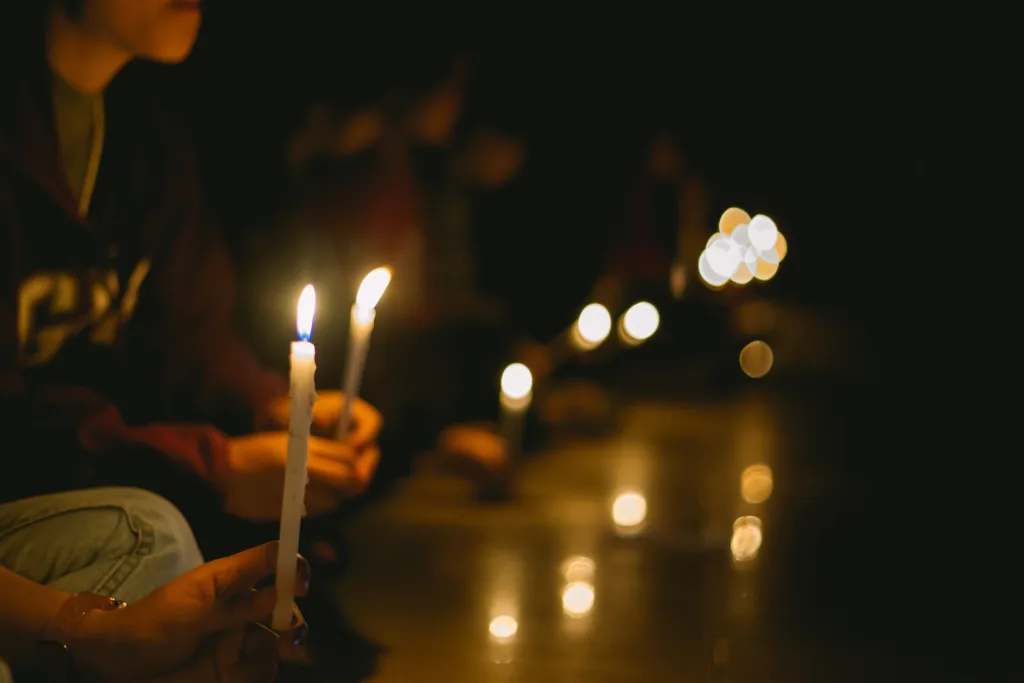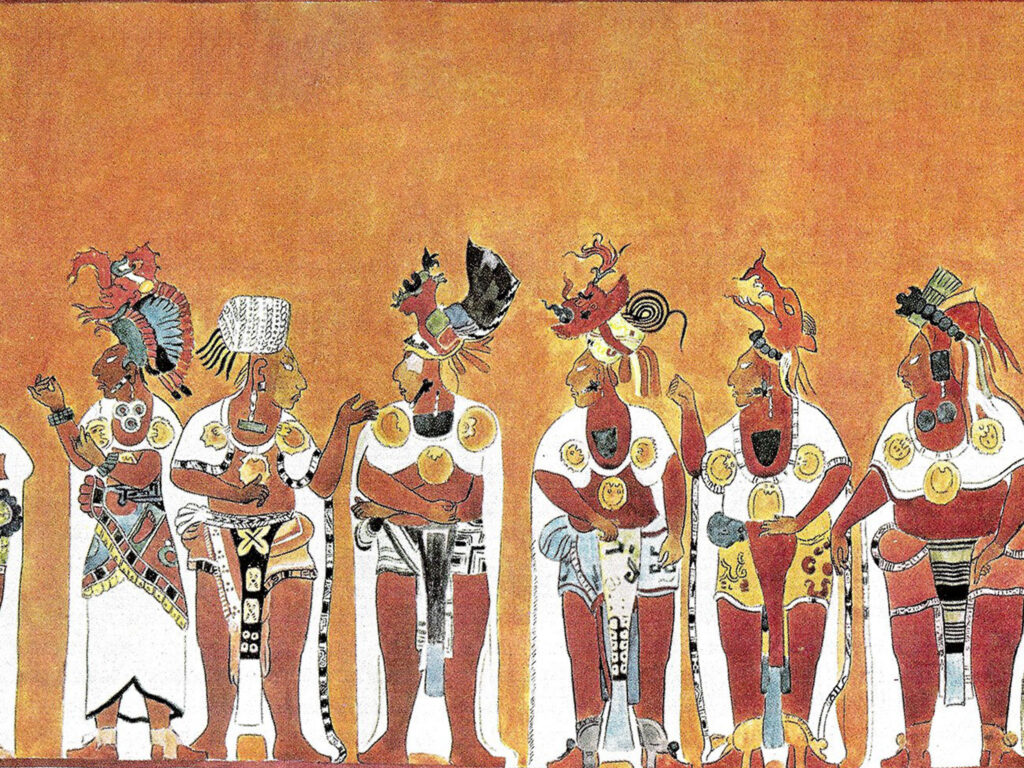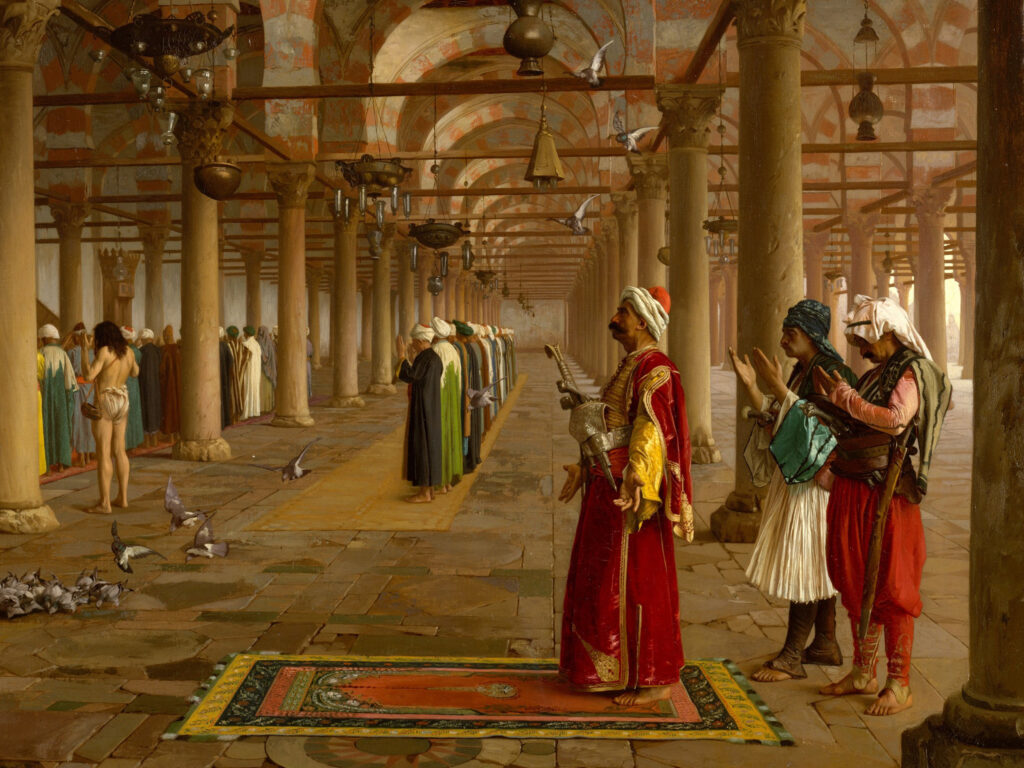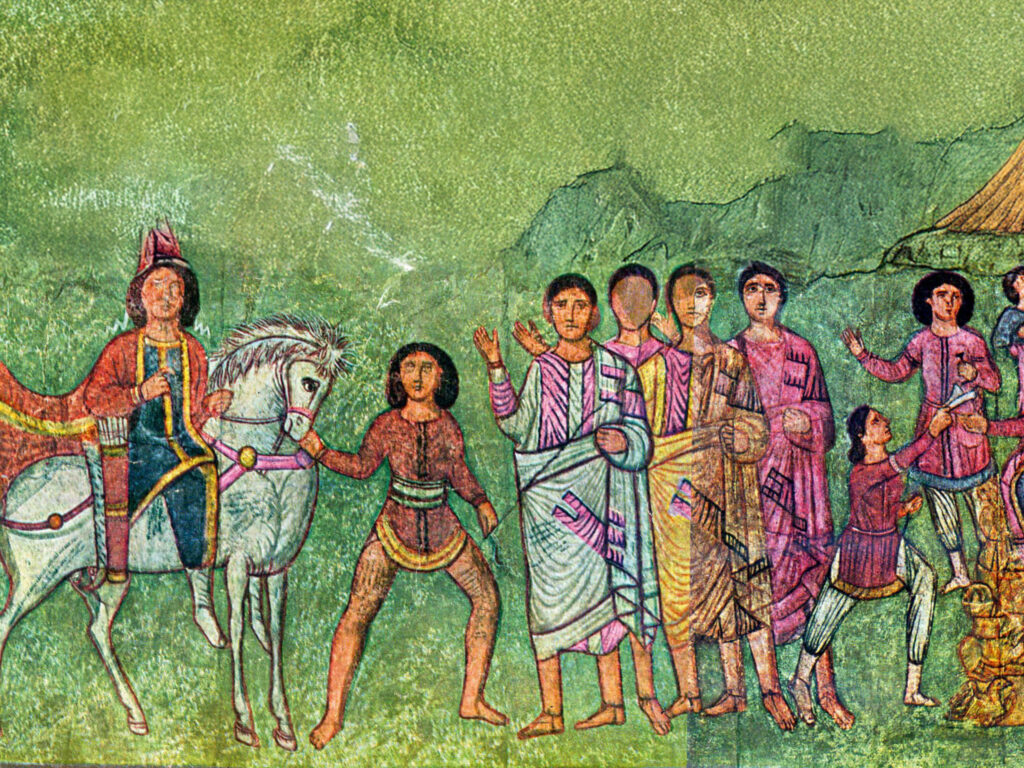Believing the world is sacred allows us to see solutions differently.
Applying spiritual solutions to social problems starts with a worldview.
You’ve heard it said before: “seeing is believing.”
But there’s a growing movement of people, organizations, and funders who feel that believing is seeing.
Believing the world is sacred allows us to see …
the world differently.
Believing the world is sacred allows us to see …
the problem differently.
Believing the world is sacred allows us to see …
the solutions differently.
It’s only through reconnecting with our most intimate selves, each other, the world we share, and the Sacred that we can build a world where love, respect, and compassion guide every action.
Are you ready to join the movement and center the Sacred?
Start by deepening your understanding and beginning your practice. Spiritual solutions are not abstract ideas. They’re lived, embodied, and cultivated through daily practices, stories, and communities of care. Whether you are new to this movement or you’re looking to enhance your perspective and reflections, we invite you to explore a growing library of tools and content to support your personal journey.
Discover our resources and practices here.
Questions? Answers.
-
What does Fetzer mean by "spiritual solutions"?
-
Spiritual solutions are about seeing with the heart and reclaiming the Sacred in social change.
At Fetzer, we believe that many of the challenges facing our world — division, disconnect, injustice — are not only political or economic, but deeply spiritual. Spiritual solutions begin by shifting how we see: from separation to connection, from fear to love, from transactional to relational, from tactical to transformational.
Spiritual solutions don’t replace science, policy, or systems change. They deepen them. They honor inner life while addressing outer conditions. They emerge through compassion, humility, discernment, and sacred relationships with self, others, and the greater Sacred Mystery that holds us all.
Because centering the Sacred is not just a belief; it’s also an intentional practice. And it’s key to shared flourishing.
-
How do spiritual solutions work to transform society?
-
Spiritual solutions begin where most strategies don’t: within. They invite us to look beyond surface-level fixes and confront the deeper truths beneath our challenges. Rooted in a sacred worldview, spiritual solutions recognize that transformation happens when we align inner change with outer action.
At Fetzer, we’ve seen how effective spiritual solutions often follow a simple but powerful pattern:
- Diagnose the Problem Differently. Instead of only seeking and exploring what’s broken, we ask “What’s sacred?” This reframes the issue from one of scarcity and division to one of connection and potential.
- Center the Sacred. Whether through relationship-building, contemplative practices, ritual, or cultivating shared meaning, spiritual solutions reconnect people to what matters most — Spirit and the full community of life.
- Shift the Culture. When hearts and imaginations are engaged, systems can begin to evolve. Policy, practice, and even data become tools for deeper, more compassionate outcomes.
- Nurture Ongoing Transformation. Spiritual solutions are not one-time interventions. They are ongoing commitments that require sustained reflection, humility, courage, and love over time.
We invite you to explore our digital Spiritual Solutions Library to see how faith leaders, activists, artists, and communities around the world are combining sacred wisdom and practical strategies to create meaningful, lasting change.
-
What about all the bad things that happen in the name of organized religion?
-
Yes, a lot of suffering has happened under the guise of organized religion. War, slavery, human rights violations, genocide, spiritual abuse, child abuse…these are real problems that have been or continue to be perpetuated in the name of the Sacred. But we must distinguish between misuse or distortion and the Sacred, itself. In this way, we can honor the Sacred without denying what’s been done in its name.
Many of the largest shifts in society have been chartered by people of faith. The Civil Rights Movement was launched in the Black Church, and the idea of the equality of all people came directly from Christian sacred texts. The Indian Independence Movement utilized the principles of nonviolence and universal love that come directly from the Hindu sacred texts. Indigenous nations have led conservation efforts and modeled stewardship, protecting biodiversity and defending ecosystems from rainforests to waterways. And much of the world’s vital infrastructure — charities, orphanages, hospitals, schools, soup kitchens, strong communities — are sustained by religious organizations.
From inner transformation, healing, ritual, and reconciliation to the teaching and practice of love, compassion, forgiveness — these, too, stem from our ancient wisdom traditions. It’s a nuanced conversation. The Fetzer Institute strives to name and address the harm, while acknowledging and deepening the life-giving dimensions of organized religion.
